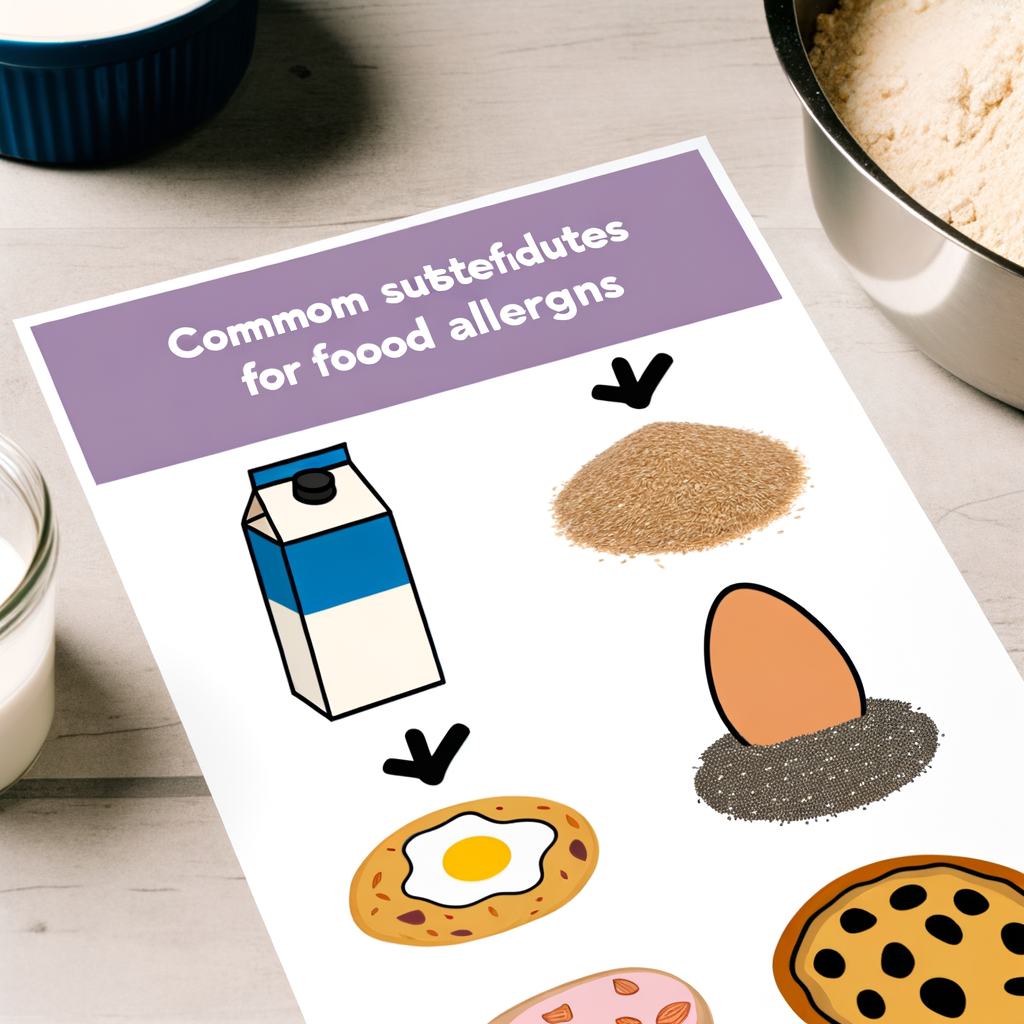Food allergies are a growing concern in the United States, with approximately 32 million people having some form of food allergy. As a chef, it is important to be aware of these allergies and to provide suitable substitutes for those who cannot eat certain ingredients.
One of the most common food allergies is gluten intolerance, which affects about 1 in every 100 people in the US. This means that traditional recipes using wheat flour, such as bread and pasta, are off-limits for these individuals. As a substitute, try using gluten-free flour options such as almond flour, coconut flour, or gluten-free all-purpose flour. These alternatives can provide similar texture and flavor to your dishes.
For those with dairy allergies, there are several options for substitutes. Instead of using cow’s milk, try using almond milk, coconut milk, or oat milk. These alternatives can be used in recipes for sauces, soups, and even baked goods. For cheese substitutes, try using cashew cheese or nutritional yeast for a similar taste and texture.
Another common food allergy is to shellfish, which can be a challenge for seafood lovers. For a substitute, try using tofu or tempeh in place of shrimp or scallops in dishes like stir-fries or pasta. These options can provide a similar texture and protein content without the risk of an allergic reaction.
As a chef, it is important to accommodate all dietary restrictions and allergies in your menu. By providing suitable substitutes, you can ensure that all of your customers can enjoy a delicious and safe meal. With the growing number of food allergies in America, it is crucial for chefs to be knowledgeable and creative in their substitutions.





